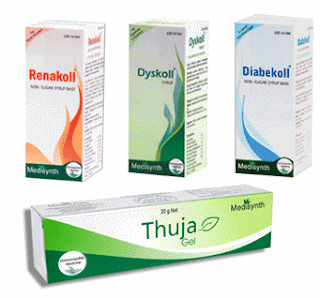Cirrhosis of the Liver

Cirrhosi is a complication of many liver diseases that is characterized by abnormal structure and function of the liver. The diseases that lead to cirrhosis do so because they injure and kill liver cells, and the inflammation and repair that is associated with the dying liver cells causes scar tissue to form. The liver cells that do not die multiply in an attempt to replace the cells that have died. This results in clusters of newly-formed liver cells (regenerative nodules) within the scar tissue. There are many causes of cirrhosis; they include chemicals (such as alcohol, fat, and certain medications), viruses, toxic metals (such as iron and copper that accumulate in the liver as a result of genetic diseases), and autoimmune liver disease in which the body's immune system attacks the liver.
Why does cirrhosis cause problems?
The liver is an important organ in the body. It performs many critical functions, two of which are producing substances required by the body, for example, clotting proteins that are necessary in order for blood to clot, and removing toxic substances that can be harmful to the body, for example, drugs. The liver also has an important role in regulating the supply to the body of glucose (sugar) and lipids (fat) that the body uses as fuel. In order to perform these critical functions, the liver cells must be working normally, and they must have an intimate relationship with the blood since the substances that are added or removed by the liver are transported to and from the liver by the blood.
The relationship of the liver to the blood is unique. Unlike most organs in the body , only a small amount of blood is supplied to the liver by arteries. Most of the liver's supply of blood comes from the intestinal veins as the blood returns to the heart. The main vein that returns blood from the intestines is called the portal vein. As the portal vein passes through the liver, it breaks up into increasingly smaller and smaller veins. The tiniest veins (called sinusoids because of their unique structure) are in close contact with the liver cells. In fact, the liver cells line up along the length of the sinusoids. This close relationship between the liver cells and blood from the portal vein allows the liver cells to remove and add substances to the blood. Once the blood has passed through the sinusoids, it is collected in increasingly larger and larger veins that ultimately form a single vein, the hepatic vein that returns the blood to the heart.
, only a small amount of blood is supplied to the liver by arteries. Most of the liver's supply of blood comes from the intestinal veins as the blood returns to the heart. The main vein that returns blood from the intestines is called the portal vein. As the portal vein passes through the liver, it breaks up into increasingly smaller and smaller veins. The tiniest veins (called sinusoids because of their unique structure) are in close contact with the liver cells. In fact, the liver cells line up along the length of the sinusoids. This close relationship between the liver cells and blood from the portal vein allows the liver cells to remove and add substances to the blood. Once the blood has passed through the sinusoids, it is collected in increasingly larger and larger veins that ultimately form a single vein, the hepatic vein that returns the blood to the heart.


Comments
Post a Comment